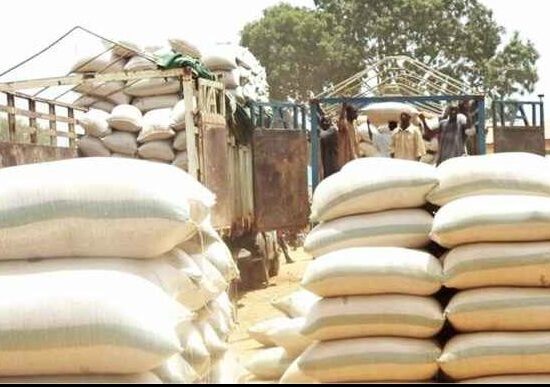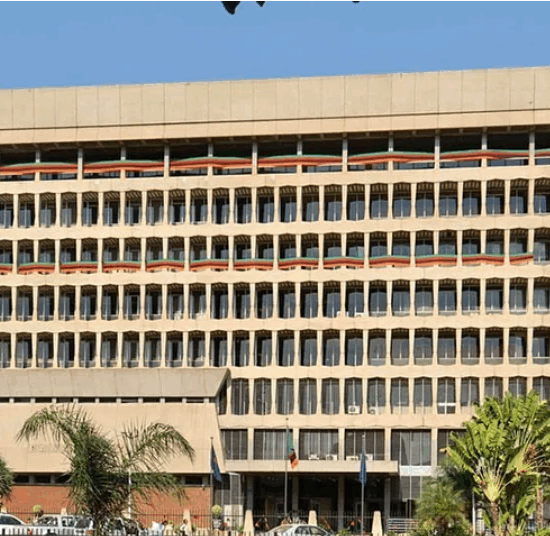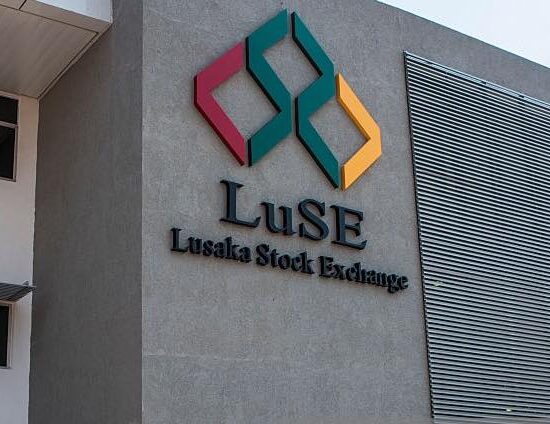
Zambia’s inflationary rate has recorded a 0.4% increase, resulting in the year on year inflation for May 2019 to increase to 8.1% from 7.7%recorded in April 2019. This raise has breached the target bound inflations rate the country which was announced to be the range between 6 to 8%.
Analyst say the current depreciation of the Kwacha which the Central Bank – BOZ has exhibited limited to no innovation to manage in terms of stability in the short term is further expected to put more upward pressure on prices via imported inflation as well as psychological price increases as this bout of currency instability continues.
Addressing the media at Central Statistics Office (CSO) attended by the Zambian Business Times – ZBT, Acting Director of Census and Statistics Daniel Daka said the increase in the annual rate of inflation was mainly attributed to upward price movements in food item such as dried fish, dried Kapenta (Mpulungu, Siavonga and Chisense), meat and Vegetable.
Of the 8.1 percent annual inflation rate recorded, Food and Non-alcoholic beverages accounted for 4.8 percentage point while non-food items accounted for a total of 3.3 percentage point. Of the 3.3 percentage point, transport contributed the highest at 1.0 percentage point followed by housing, water, electricity gas and other fuels at 0.7%.
At provincial level, Lusaka Province recorded the highest contribution to national inflation at 2.4 percentage points to the overall annual inflation rate of 8.1 percent. This implies that the price movement in Lusaka Province had the greatest contribution to the overall annual rate of inflation.
Copperbelt Province had the second highest contribution of 1.7 percentage points while North Western Province has the lowest contribution of 0.3 percentage points.
The year of year food inflation rate for May 2019 has also recorded a 0.8 percentage points at 9.1 percent compared to 8.3 percent recorded in April 2019. This increase in mainly attributed to price change in production such as Vegetables and fish products.
The food inflation rate increase has been attributed to climate change effects which has affected some key Agro provinces such as Southern, western and parts of Lusaka provinces which have experience low rainfall.
Rain-fed and rain dependent traditional agriculture practices continue to be the largest hindrance in times of below normal rainfall with efforts to diversify and increase the irrigated hectarage receiving a start and stop drive.
Upward inflationary risks remain high as non food items which are imported are expected to weigh in for the coming months. Though the Kwacha to rand volatility has been muted and the fact that Zambia’s imports of consumer goods are mostly from South Africa, the effects may be lessened though retailers are expected to hike prices taking advantage of the volatility in the Kwacha to US dollar and Kwacha to Pound Sterling volatility.







